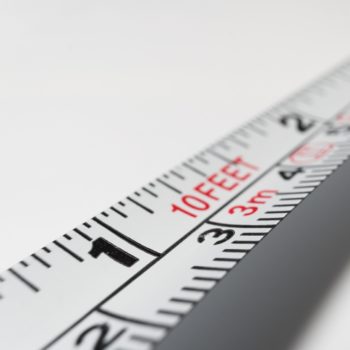APAC Marketers Need to Get Measurement Right First

Measurement is the important piece of the puzzle Asia-Pacific marketers need to get right in order to fix what may be wrong with their programmatic campaigns.
"I would always start with measurement", Attila Jakab, Infectious Media's managing director, said in an interview with ExchangeWire.
"What is the measure of success? What are you trying to achieve? And how can you come up with a better way of measuring that business goal?" Jakab said.
"Once you have that [established] and the right measurement in place, then you'll know which partners can deliver on that goal and are comfortable working with that model."
Infectious Media last month worked with the Singapore Advertisers Association to release a guidebook to help local marketers better understand the digital environment and programmatic advertising.
Citing findings from a new survey that the programmatic agency conducted, Jakab said the ability to properly measure programmatic activities was an important first step Asia-Pacific marketers needed to take to ensure they ran effective campaigns.
According to the survey, however, 66% of marketers pointed to measurement as the top digital challenge, describing the task of accurately measuring campaigns as very challenging. The study polled more than 200 decision-making marketers with programmatic budgets in Asia-Pacific, EMEA, and North America.
In addition, 92% felt that providing measurement services was an important part of a media agency's role, but 72% believed agencies also struggled to accurately measure programmatic activities.

Attila Jakab, MD. Infectious Media
With better measurement, almost 90% of respondents said they would be able to justify putting more investment in programmatic, the study revealed.
Some 64% believed plugging holes in education and transparency would facilitate more effective measurement of programmatic. Another 53% currently were changing the way they deployed digital measurement, while 44% would be open to changing their approach.
Asked about barriers to transforming their measurement model, 60% of marketers found it challenging to connect display metrics to measurement of other channels. Some 57% pointed to privacy restrictions as a significant barrier, while 57% cited access to relevant performance data.
Traditional measurement no longer effective
The survey, however, found that advertisers still were depending on traditional metrics, with 56% looking to the number of clicks as the most important indicator to determine the success of their programmatic campaigns.
Another 45% turned to cost-per-click (CPC), while 43% relied on click-through rate (CTR). This was despite the fact that click data had been proven to be a flawed metric for predicting an actual sale and often was manipulated by fraud, Infectious Media noted.
Jakab noted that advertisers were keen to move to digital so consumers could find their brands online and, in turn, they could measure such activities. That led to measurements being built around CPCs and impression rates.
The challenge now, however, was that none of those KPIs (key performance indicators) truly described the value that display ads delivered. "We know that clicks are easily [manipulated]. CPC is the easiest thing to buy and defraud on", he said.
To address such issues, four years ago Infectious Media moved to a model that counted only visible ads. It then moved to incremental conversion measurement, where it compared the behaviour of audiences who were and were not exposed to the advertisement.
This difference better reflected the value or impact of the ads, he said.
Having the right measurement system in place also would incentivise agencies to do the right thing for brands, according to Jakab. "If you have the wrong measurement, you're effectively telling your agency to buy inventory that drives cheap clicks and drops cookies on every single user", he said.
He was commenting on a CMO Council study that found 72% of advertisers who were engaged in programmatic buying were concerned about brand integrity and control in digital display placement.
Programmatic, in the early days, had enabled agencies to build a profitable business because there was very little knowledge around the technology in the industry, he explained. Agency commissions also had been on the decline, even while investment on their part was climbing.
Programmatic gave them a channel to make more revenue, though, through the introduction of 'non-transparent services', he noted.
Such practices had created mistrust in the market, especially as technical knowledge remained inadequate, and the technology available was not sufficiently advanced to stop ad fraud and ensure brand safety.
Ad FraudAdvertiserAgencyAnalyticsAPACattributionAudienceBrand SafetyDigital MarketingMeasurementProgrammaticTransparency







Follow ExchangeWire